50+ Camera Angles, Movement, Shots & Focus' Every Filmmaker Need to Know
Rent film gear from local filmmakers.

Rent film gear from local filmmakers.
Go in-depth with:
Starting to get overwhelmed by all the possibilities of different camera angles, movements, shot types and sizes? Well, you're not the only one! With all the options, it can be hard to keep track of them all.
For that reason, we've rounded them all up right here to help you master the basics (and not so basic) skills of a filmmaker.
Camera shots

What is a camera shot?
A camera shot refers to a series of frames composed from the moment the director goes "lights, camera, action" and continues until the camera stops rolling. Being aware of your camera shot is an essential part of filmmaking.
Shot size refers to how big or small the frame is in relation to the subject. Does your subject fill the frame, or is your subject barely there? Are there multiple characters, or just one? Do you want to show the entire landscape surrounding the characters, or should the audience only see one specific detail in the shot?
Let's go through what the different shot sizes are and what they will do to your footage.
Extreme Close-Up
Use extreme close-up to emphasise certain features of your subject, like their eyes or mouth. The extreme close-up shot is about getting all those small objects and details on display and letting that be the focal point of the audience's attention. Think of a classic Western movie; two cowboys duel at dawn. To intensify the situation, you use extreme close-up – only showing their eyes.
Close-Up
This shot is used to highlight your subject's facial features without any distractions bumping in. This makes it great to frame the subject's emotions or reaction. Typically, it will mean showing the subject's face from their forehead to their chin.
It's the perfect shot for those crucial moments. You know, when our lead realises, she's reached the point of no return. When that happens, the audience should be able to take it all in – everything she's feeling in that very moment. The great thing about a close-up is that it's close enough to register even little emotions but not so close that we lose visibility.
Long shot or Wide shot
This shot allows the audience to see the subject's entire body in the frame – head to toe. Using a long shot gives the audience a sense of the subject's surroundings and gives a better idea of why the character is there in the first place. You'll often see this shot in action scenes, at times when it's essential to know how the character is moving in that specific environment. The nice thing about using a long shot or wide shot is that it lets the audience look at the beautiful background imagery – filming on the Maldives? We, the audience, don't want to miss that (it might be the closest thing we get to a vacation this year)
Extreme long shot or Extreme wide shot
These shots will make the subject appear tiny compared to their surroundings, as the audience sees the location's full breadth. They work excellent to create a scope and scale of measurement and help emphasise a specific tone and mood.
Think of the ending of any romantic Disney movie (obviously all of them) where the princess finally gets her prince. They ride off into the sunset in their magic pumpkin. As they ride away, the characters are getting smaller and smaller the further away they get from the camera. And we all get the idea that they lived happily ever after. It doesn't have to be romantic, though; extreme long shots also work great for conveying a sense of distance or unfamiliarity of the character's surroundings.
Medium shot or mid-shot
The medium shot is sort of the middle child between its close-up and long-shot siblings. The typical medium shot will show the subjects from their head and down to their waist. While it is close enough to see their faces, it also captures the characters' body language while showcasing the subject's environment without the audience getting disoriented.
Medium Close-Up Shot
The medium close-up shot will typically show the subject from the chest and up. That means it favours the subject's face but still manages to keep a certain distance.
Single, two-shot, three-shot
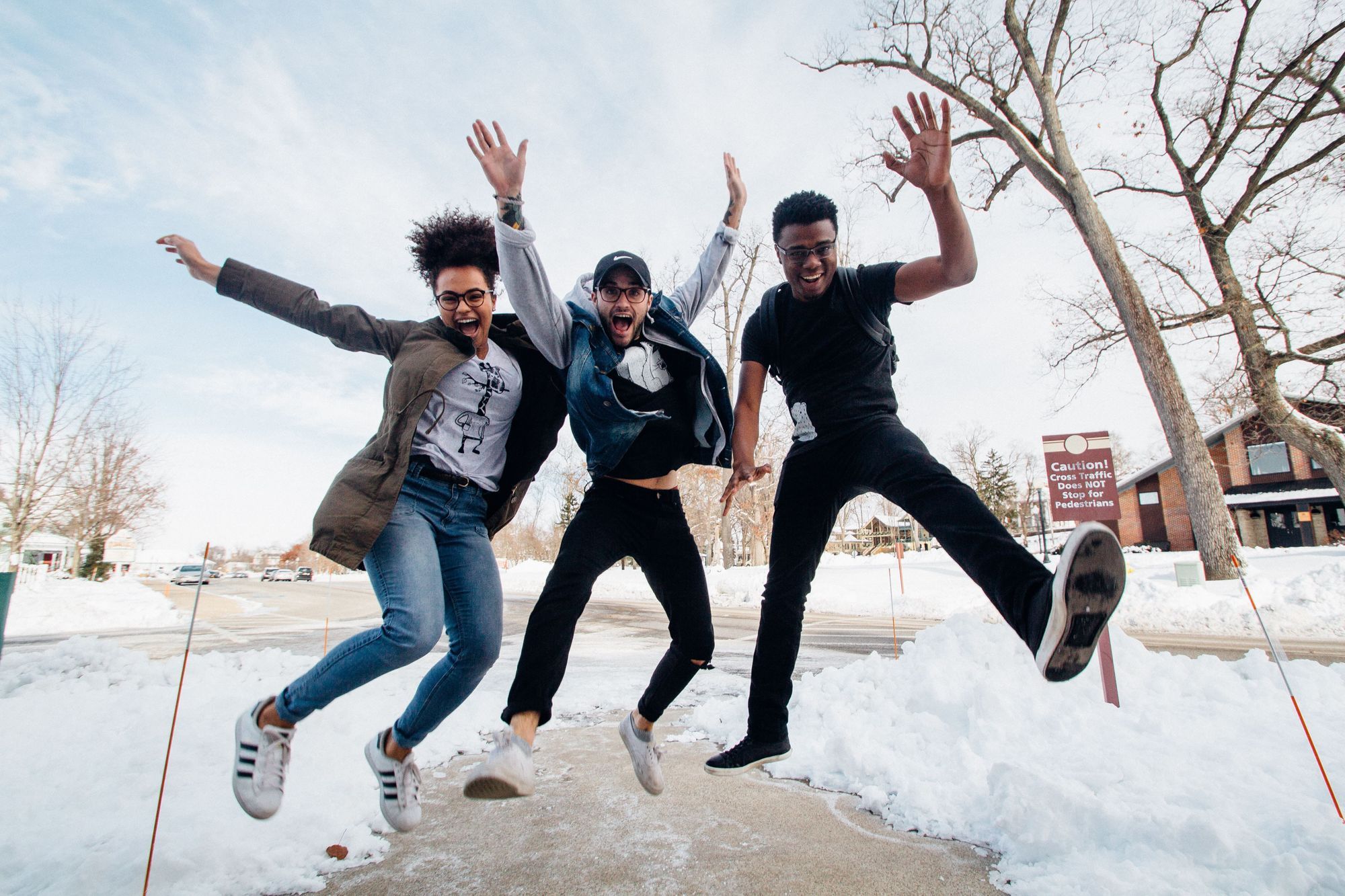
Whether you choose the single-, two-, or three-shot depends on how many characters there's in the frame and how you want the audience to see them. Let's say you use a three-shot; this means you're choosing a shot size, which manages to keep three people in that one frame.
Point-of-view shot
POV is the type of shot you use when you want the audience to see what the character sees. You're letting the audience walk a mile in their shoes – putting them directly into the character's head. It can both be a static shot or a combination of different camera movements.
Full shot
Use this shot to show all of the character and the environment surrounding them. The full shot is about maintaining the character in the frame but putting emphasis on the scenery. It's great to feature multiple characters in one single shot.
American shot or Cowboy shot
To be honest, this is more a variation of the medium shot than a new type of shot. It states back to when Western movies piqued and the audience wanted to see the cowboy pull his gun out of its holster and shoot – pretty American, right? The shot frames the subject from about mid-thigh and up.
Reaction shot
You probably don't need much of an introduction to this shot – it's a shot framed to show the character's reaction to the specific action. That's pretty much it – what else do you need, right?
Establishing shot

An establishing shot helps, well, establish the scene. It gives a view of the location and provides the audience with a timeframe. It often follows an aerial shot and is used to show where everything is about to happen.
Over-the-shoulder shot
Shooting from behind the shoulder of a character, that's an over-the-shoulder shot. It shows the characters shoulder, neck and back of their head (of the subject facing away from the camera, that is)
Medium wide Shot or Medium long shot
Framing the subject from about their knees and up. This "knees and up" part is what differentiates it from a full shot and a medium shot. The audience gets a more restrictive view of the environment but can focus more intensely on the character itself.
Which shot size and how you choose to frame your subject will impact how the audience perceives the action. You can always alternate between the different camera shots as the scene proceeds.
Camera Angles
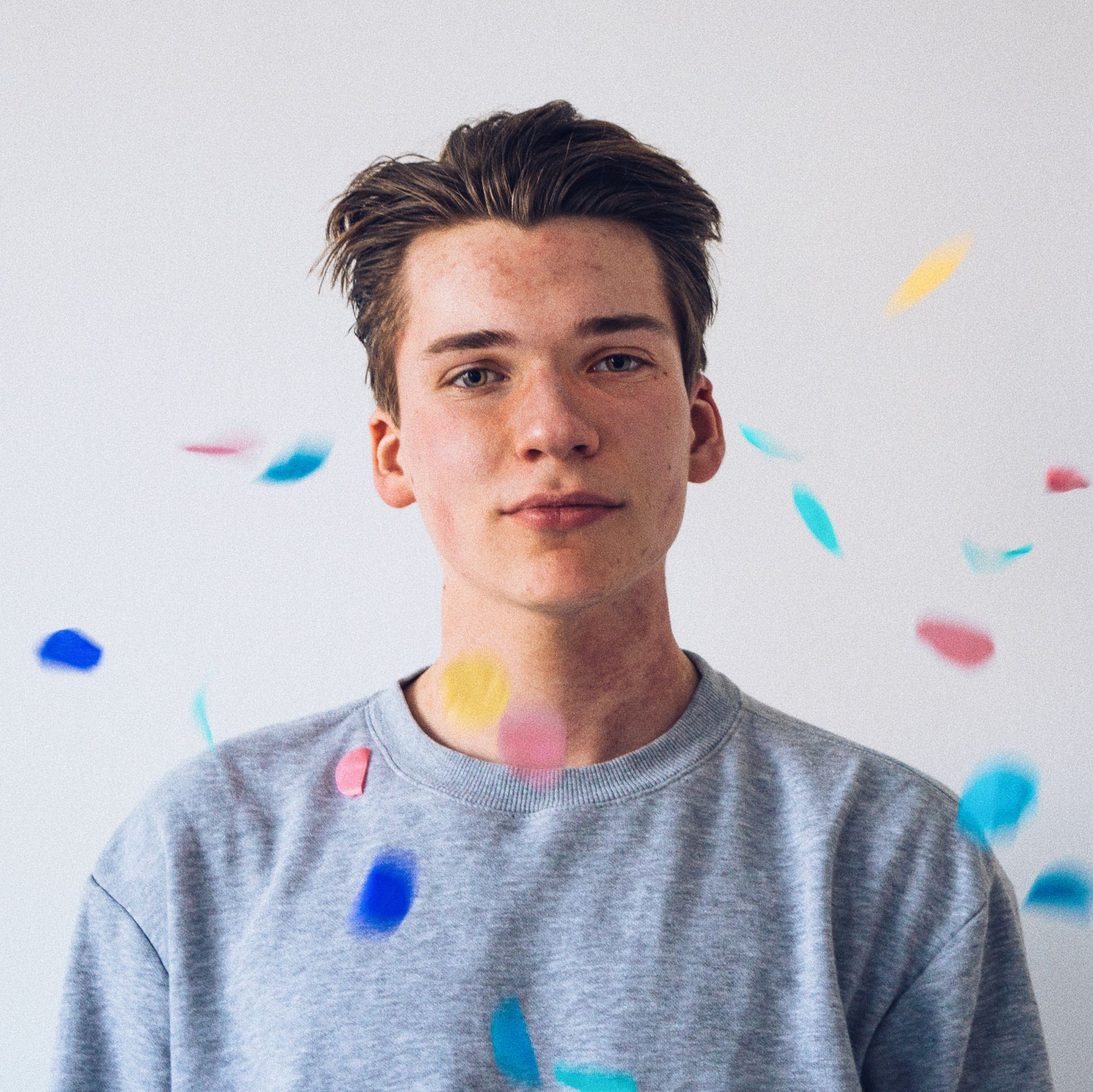
Gain more perspective by choosing a camera angle. The camera angles you choose can determine whether the audience experience a sense of fear, empathy, or vulnerability. It is crucial in opening the audience up to specific details about the world the characters inhabit.
So, first of all – what is a camera angle?
Simply put, the camera angle refers to where the camera is positioned in the specific shot. The camera's position, in relation to the characters, can significantly affect the way the audience perceives that respective scene.
Let's take a read-through (or write-through) at the different camera angles:
Eye-level shot
A neutral camera angle? This is the one!
When your subject is at eye-level, you're using an eye-level shot (surprise). Suppose you want to maintain a sense of objectivity, for example, in an interview. In that case, you use this shot, as the camera points straight ahead at the same level as the subject's face, well, technically eyes. The purpose of using this eye-level shot is so the audience can follow the action going on – without any camera manipulation.
Oh, and side note, it doesn't have to be fluctuating the eye-level of the character. If you maintain a neutral camera angle, it can be a rat, for that matter. It would still be eye-level – ever seen Ratatouille?
Low angle shot
Choosing a low angle shot also means choosing to add subjectivity to the scene. At this shot, the camera looks up at the subject from a low angle. It's typically used to emphasise power dynamics between characters. The superior character will be framed from down low, making then appear strong or in control (or at least the feeling thereof). Of course, this can vary; is it a mother looking "down" at her daughter, perhaps a slightly low angle is sufficient – just enough to convey a sense of authority. Or is it King Kong roaming the streets, then an extremely low angle can be great to showcase the gorilla's (is it a gorilla, though?) superiority in relation to the tiny humans.
High angle shot
This leads me to the next camera angle: the high angle. Shooting a subject from above will create a sense of vulnerability and powerlessness – you know, the one where you go: "wow, I don't want to be in his shoes right now". While this is pretty much the rule of thumb, there can be exceptions. The high angle shot can also lay out the pathway for what lies ahead. You'll see this use of the high angle shot in many film noir.
The creative expression of the high angle will vary depending on the context.
Dutch angle shot
Using a dutch angle shot is one of the most common ways to convey disorientation. It's a great way to amplify whatever emotional state or suspense you want to bring to the scene. Think Ethan Hunt in Mission Impossible, as he realises it's all a setup, the camera suddenly changes angle. As Ethans' story goes sideways, so does the camera angle. To achieve a dutch angle shot, tilt the camera to one side, so it's not in level with the horizon. You can use it to showcase the character's little-to-fun night out at the pub stumbling down the streets. Or you can use it in horror movies to give the impression of the walls closing in on the character.
Over-the-Shoulder
Here's another excellent shot to help shift the viewer's perception of the scene. An over-the-shoulder shot will often be a close-up of another character's face from over-the-shoulder. It can convey a conflict or confrontation between the two characters. Well, it doesn't have to be a point-of-view; you can also show a character looking out over a landscape or moving through an action sequence to broaden the perspective a bit.
Point-of-view shot
Don't be fooled – we went over this shot above, but a point-of-view shot can both refer to shot and framing – what a treat! Just as in the shot size, the point-of-view shot refers to letting the audience see the world through the character's eyes. This specific shot can let the audience completely immerse themselves in the world the characters inhabit and help gain an insight into what they are experiencing.
Hip level shot

Remember the cowboy shot? This is pretty much the same. A hip level shot is a camera angle that focuses on the characters from their waist and up. Hip levels shots can be quite neat when you have actions that occur near the hip. Perhaps a classic western or just another scene in Fifty Shades of Grey. The hip level shot is also not a bad choice if one of your subjects is seated while the other stands.
Knee level shot
A knee level shot happens when your camera height is about as low as your subject's knees. Use it when you want to give the scale of a character but without actually showing their full body. This camera angle is good to emphasise a character's superiority – especially if paired with a low angle. Granted, it's not as intense as a ground-level shot (yes, I'll get to that one too), but I assure you – it will get the point across.
Ground-level shot
How low can you go? In terms of camera angles, this is about as low as it gets. With a ground-level shot, the camera's height is on ground level with your subject. The ground-level camera angle is, for example, when you want to feature a character walking without revealing their face. Remember when Kevin from Home Alone runs away from the creepy older man in the supermarket (spoiler alert – it turns out he's a sweetheart)? You can use it for various purposes, but overall, it shoots everything on the ground.
Shoulder-level shot
When your camera is roughly as high as your subject's shoulder – you're using a shoulder-level camera angle. As the camera aligns with the subject's shoulder, the character's head is at the top of the frame. That also means that they are slightly above eye-level and gives a minor illusion of a lower angle. You remember low angle, right? You've seen this camera angle used more times than you can count, or that depends – how's your algebra? For example, shoulder-level shots are when the hero casually walks away from the big fire explosion, so – basically every Die Hard movie. The shoulder level shot is good for increasing intimate portraits and getting the audience close to the character's feelings.
Birds-eye-view shot or overhead shot.
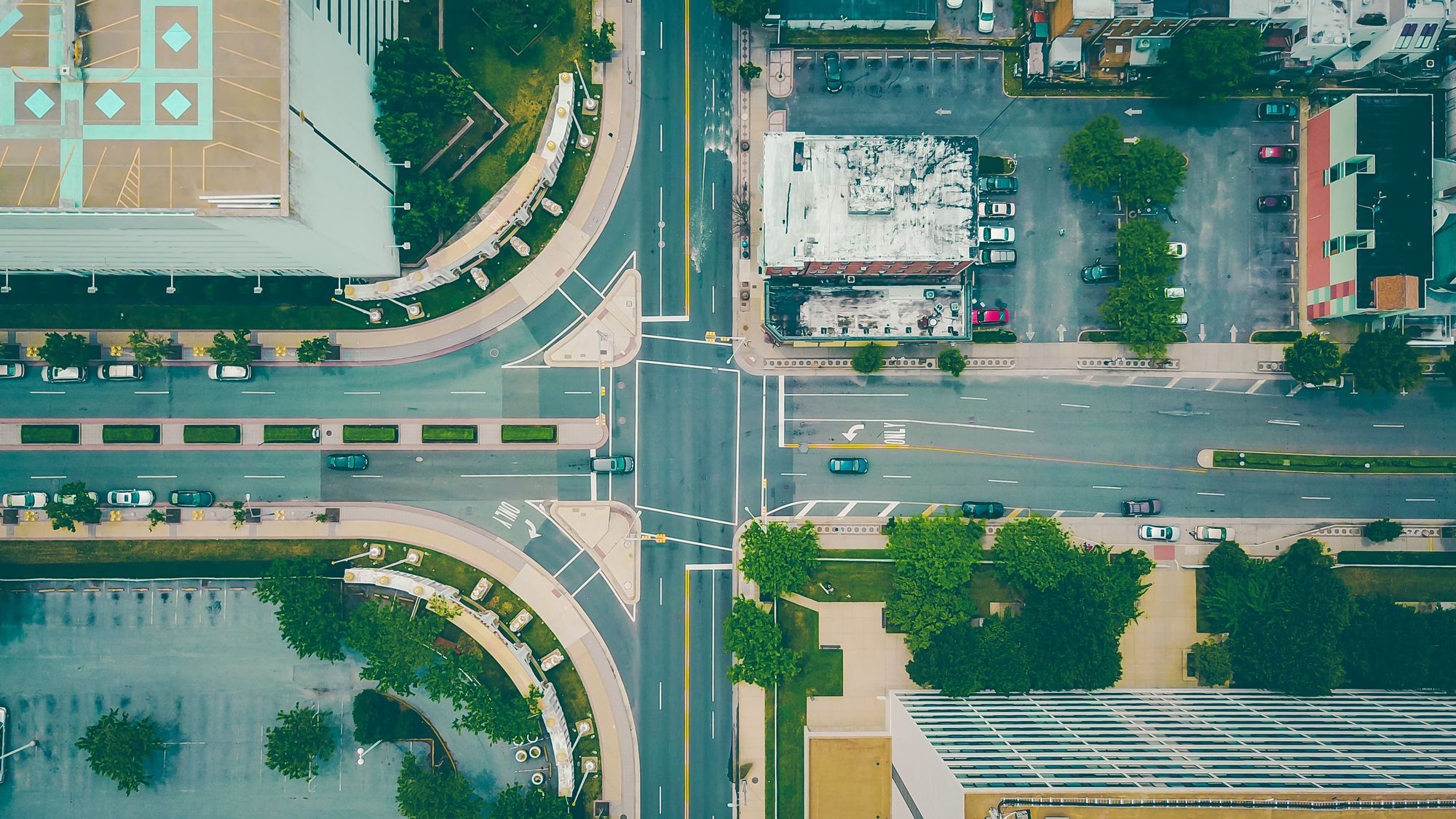
When the cameras are almost 90 degrees above the subject, there's talk about an overhead shot. The overhead shot will typically provide the audience with some more information about the scene's location and action and shows the cause and effect between the two. For example, when in Avengers, you often get a bird-eye view shot to take everything happening in the big fight scenes. The overhead shot can also convey the insignificance of the character involved.
Aerial shot or Drone shot or Helicopter shot
Whether you take the shot from an actual helicopter or a drone, this is a shot from way up high. If you want to show the landscape, the magnitude of a battle, or just sweep over a road – an aerial shot is the one to use. If you're just getting into filmmaking, acquiring a helicopter might be a stretch in terms of budget. However, better and more affordable drones are popping up, and they work perfectly in getting your aerial shot just right. Find which drones you should hire to nail your aerial shot.
Camera Movement
Your camera's movement can be altering to what's happening on screen and is a powerful tool to help modify the relationship between the subject and the camera frame. There are tons of camera movement that filmmakers use to set the tone of the film.
Let's go over them now. Leggo.
Pan or tilt
If you want to keep it simple, then the classic pan and tilt is the way for you. A pan shot is when you hold the camera in one place and then rotate it from side to side. A tilt is the same, but you turn the camera up or down instead of going side to side. If you have your camera on a tripod (always an excellent choice, but we'll get into that later), you can both pan and tilt the head of the tripod. Pan and tilt are also your chance to play around with speed, in case you feel the need – the need for speed. You can slowly pan the camera from left to right to show the landscape, or you can do a whip pan, in which the movement happens so fast that it becomes a blur.
Tracking shot, dolly shot, or crane shot
On the other hand, if you want to move with the subject, to make the audience feel more like a part of the action, you can use a tracking shot, dolly shot, or a crane shot. A tracking shot moves with your subject, typically sideways and will sometime follow behind or beside them on a dolly, Steadicam or a gimbal. A dolly shot affixes to a mechanism called a dolly (crazy, right?). The shot will either move forwards or backwards. Then there's the crane shot also accomplished with a tool's help, this time around – a crane. It moves the camera either up or down.
Zoom shot
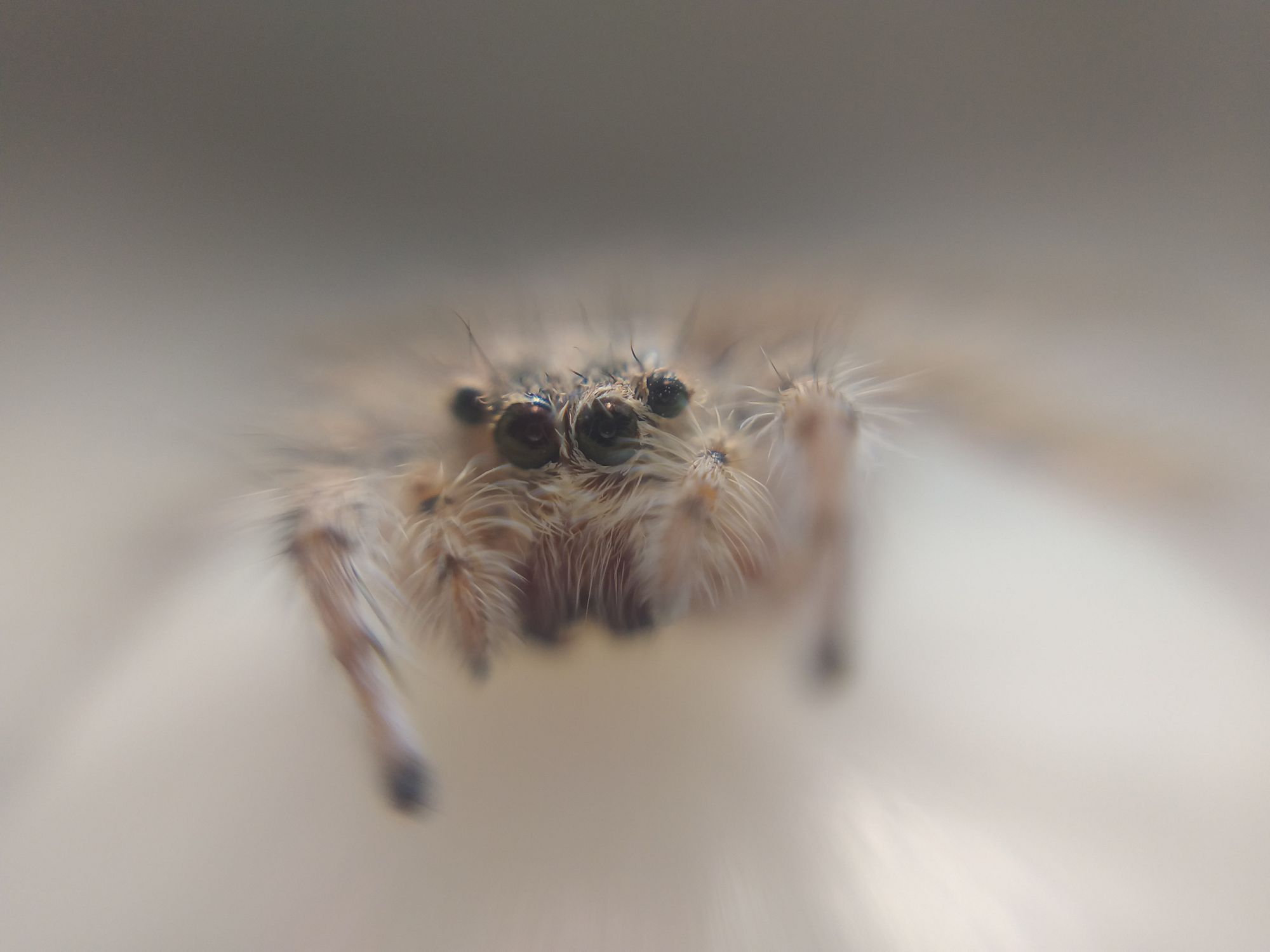
Rather than moving the camera forwards, backwards, up or down, you use a zoom lens to create a sense of movement. Zoom shots happen by changing the lens' focal length of the zoom lens. A zoom shot can happen either slowly and subtly or exaggerated to give the shot more of a cinema verité vibe.
Random motion
A random motion can be efficient to create energy and intensity, in particular, during an action scene. Random motion is that; it's random. Choose whichever movement, no rules or basic guidelines – bounce the camera around, do it quickly, do it slowly, remove the subject from the frame – do what you'd like. However, efficient random motion is vital; notice the efficient? That means do it when it makes sense and don't overdo it. You don't want the audience to feel like they just got off a rollercoaster ride.
Single Take
You might have heard this expression before? As you're not here to answer me, I'll be assuming that's a yes.
The single-take combines multiple movements shot sizes and angles into one extended shot. Meaning, rather than cutting from one movement to another, shifting from a long shot to a close-up, the camera will track, zoom, pan and tilt between a whole series of different shots.
Camera focus
With shot sizes, framing, camera movements and angles, focus helps to single out what the audience should pay attention to.
Is it a fly on the wall?
Sure, I'll look, but you need to make me aware that that's what I need to look at.
Before we dig into the different types of camera focus and their unique storytelling properties, we need to talk about Depth of field. If you're already well covered in that area, go ahead, skip it.
Depth of field described the size of the area in your image where objects appear sharp. The centre point of the field is known as the point of focus. The imaginary two-dimensional plane that extends from that point is known as the plane of focus. And any part of your image that falls directly on this plane is officially in focus.
Rack Focus or Focus pull
A rack focus is an emphasised version of a focus pull. Meaning the acceptable focus range shift intentionally from one subject to another. A "normal" rack focus refers to the practice of changing the focus of the lens during a shot. Whether you're doing small or significant changes in focus, you're still playing with the Depth of field. Bet you're glad you didn't skip, now?
Shallow focus

You typically use shallow focus when you want to emphasise a detail – remember the fly? A shallow focus shot means having your subject in sharp focus. And at the same time, all other elements in the foreground and background remain out of focus. Shallow focus is an excellent cinematography technique to incorporate a small depth of field.
Learn much more about all the essential cinematography techniques.
Deep focus
In contrast to shallow focus, deep focus means using a large depth of field. Meaning everything and everyone is now in focus. You will typically use this when you want the audience to get a nice look at the scenery, by, for example, using a master shot. You can also use it if you want the audience to see the elements of a particular scene.
Tilt-shift focus
This type of focus refers to a change in the position of the lens. A tilt-shift lens will make part of your shot appear in crisp focus and others out of focus.
Soft focus
Unlike any of the other focus shots, the soft focus keeps nothing in crystal clear focus. Two things can cause this type of focus; either it's a mistake in your lens (I hope not) or through special filters. Soft focus is ideal for portraying a dream or memory.
Split Diopter
A split diopter is an additional lens element that allows for two focal lengths to work simultaneously. Achieve both focus in the foreground and the background while keeping the middle ground out of focus (that's what I call mind-blowing).
Camera equipment required
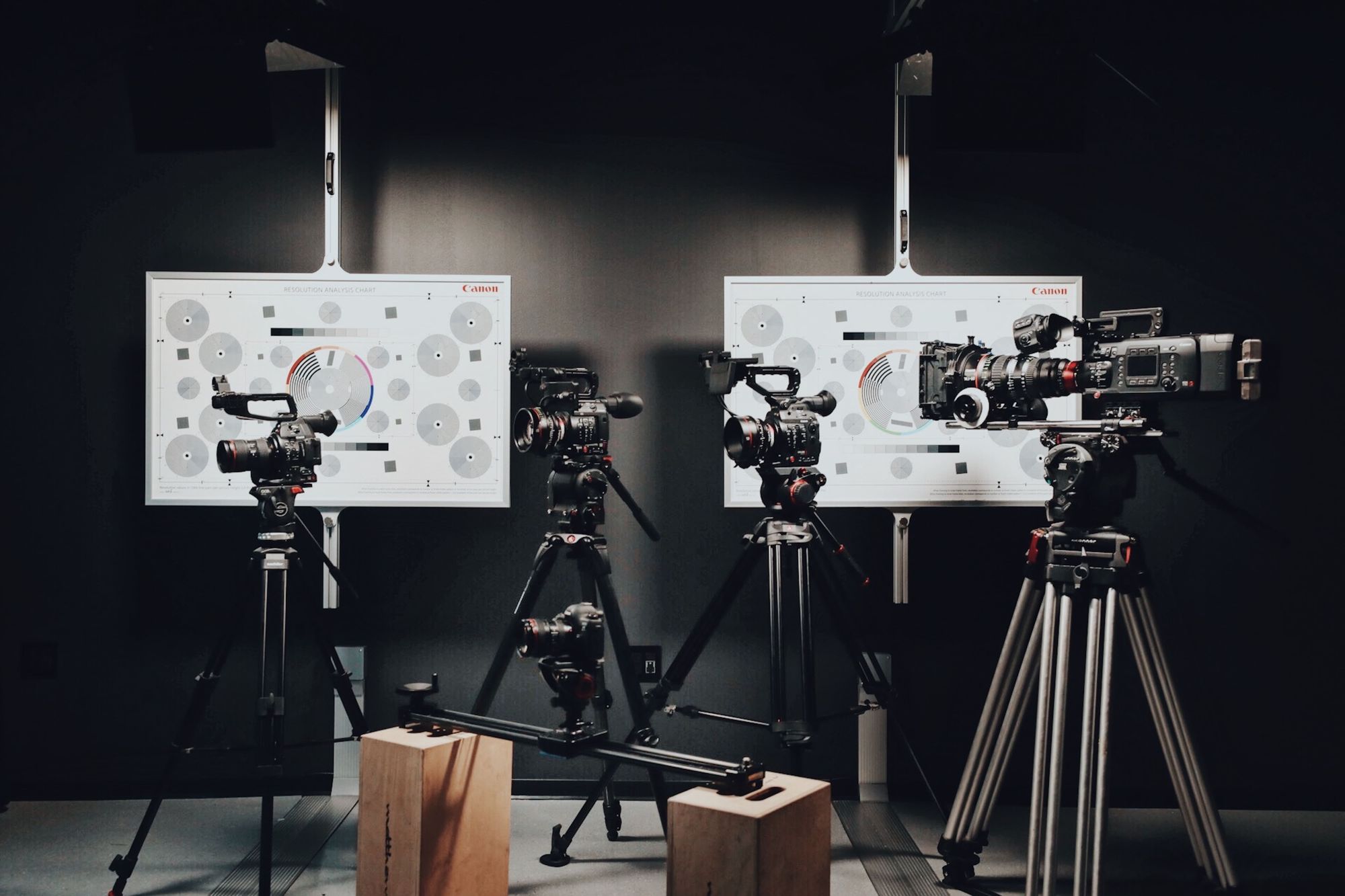
Now that you know all the essential camera angles, movement, shots and focus types, you need to be acquainted with the gear to help you get the job done.
Tripod
Some say you can go handheld, but can you really? Try to take something as simple and light as a pencil, lift it – can you hold it completely still? Or even completely straight?
Probably not!
And when it comes to pans and tilts or any other camera movement or angles for that matter, you'll want a fluid sweeping motion, and that's where the tripod comes in handy.
Slider shot
A slider will slide your camera on a vertical or horizontal axis. Think of it as a dolly mounted on a tripod. The slider helps you move the camera from left to right fluidly and stabile.
Steadicam shot
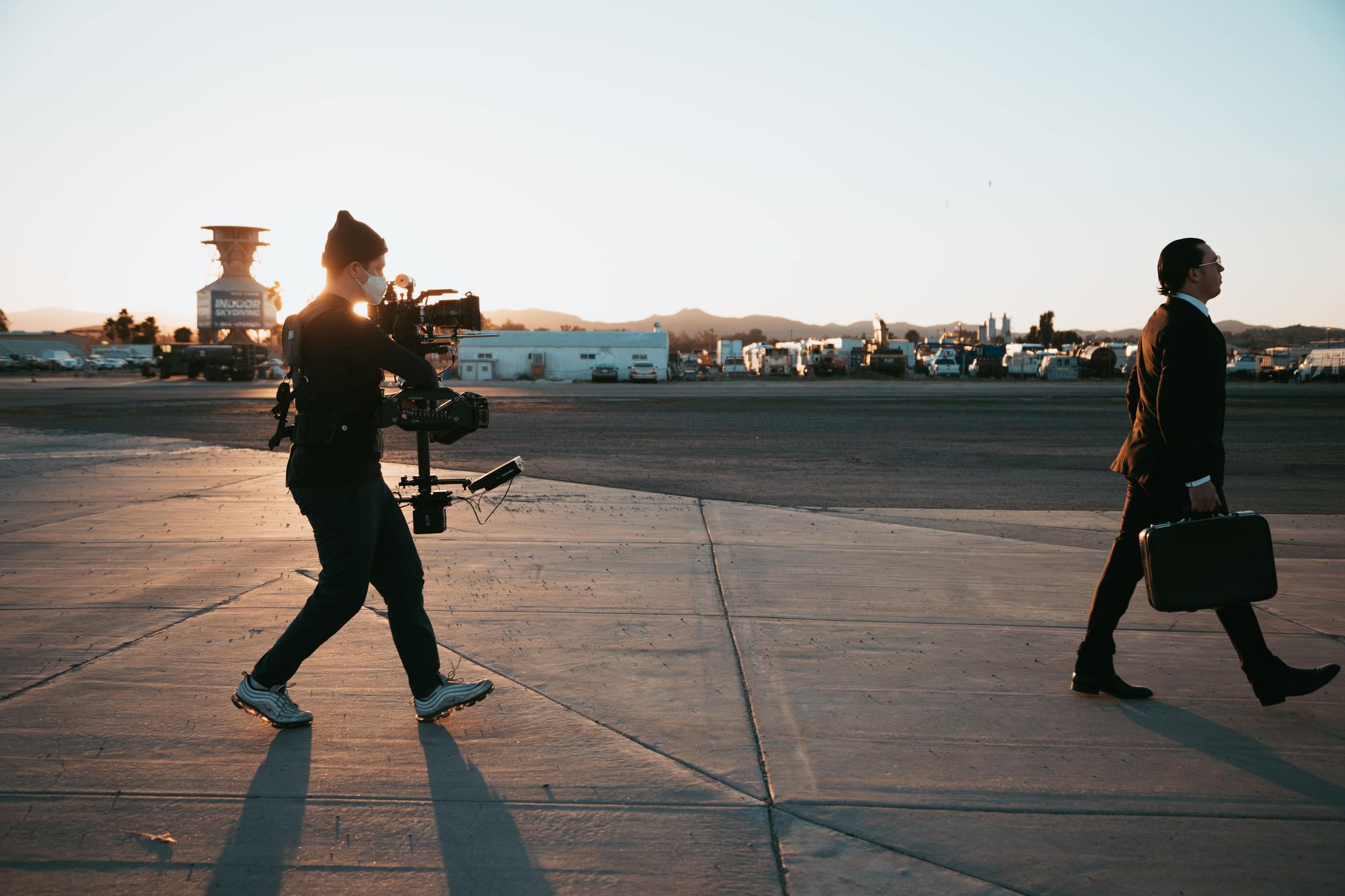
Suppose you're pretty hooked on the idea of going handheld but don't want to miss out on the comfort and stability a slider or tripod can provide. In that case, a Steadicam might just be the magic tool for you. It uses a camera stabilising device which attaches to the camera operator. And boom, now you have smooth and stable camera movements.
Gimbal shot
Gimbals also help achieve stable and smooth footage but is perfect when you're shooting in tight spaces. It uses motorised gyroscopes to reduce friction, and it's way more compact than any Steadicam.
Crane shot
A crane will typically sweep up and over a scene. Therefore, it is an excellent way to finish off, just before the director gives the final "CUT". It allows you to emphasise scope and scale and can take your shot from top to bottom or vice versa – no problem.
Jib shot
The jib works very similarly to a crane. Much like the crane, it sweeps the camera up and over the setting. However, unlike the crane, the jib can be somewhat limited in range and movement. On the other hand, it's more compact and uses counter-weights.
Drone shot
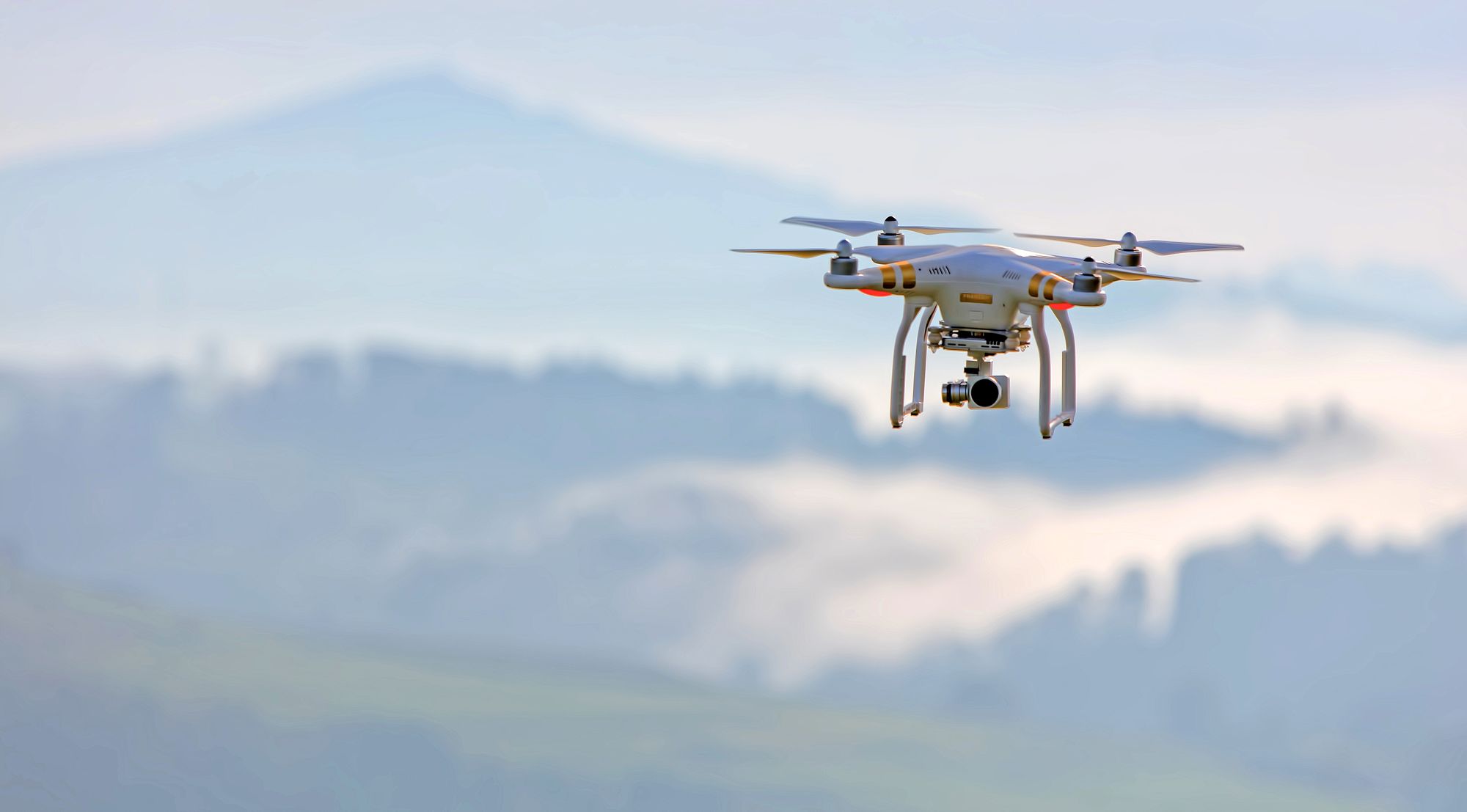
If you want to create that high and above shot, hook your camera to a drone and send it into the air – see what happens. I guarantee it will make for an interesting shot.
Get ready for takeoff with the best drone for you and your project.
Get inspired. Explore filmmaking.
Discover what the different types of camera angles can do to your footage. Learn more about filmmaking and the importance of knowing every process it entails.
About the instructor
Ties Versteegh
Cinematographer
Amsterdam, Netherlands
Ties Versteegh is a Dutch DOP and cinematographer. His main inspiration includes fairytales like Alice in Wonderland or Miss Peregrine’s Home for Peculiar Children.
Camera Angles FAQ
What is a camera shot?
A camera shot refers to a series of frames that span from the beginning to the ending of a recording sequence.
What are the different camera shot sizes?
- Extreme Close-Up
- Close-Up
- Long shot
- Extreme long shot
- Medium shot
- Medium Close-Up Shot
- Single Shot
- Two-shot
- Three-shot
- Point-of-View shot
- Full shot
- American shot
- Reaction shot
- Establishing shot
- Over-the-shoulder shot
- Medium wide Shot
What does camera angle mean?
The camera angle refers to where the camera is positioned in a specific shot.
What are the main camera angles?
- Eye-level shot
- Low angle shot
- High angle shot
- Dutch angle shot
- Over-the-Shoulder
- Point-of-view shot
- Hip level shot
- Knee level shot
- Ground-level shot
- Shoulder-level shot
- Birds-eye-view shot
- Aerial shot
What are the different camera movements?
- Pan or tilt
- Tracking shot
- Zoom shot
- Random motion
- Single Take
How do camera angles affect a movie?
Different camera angles can make characters and objects appear different. Shooting up can make the character or object feel superior or tall. Shooting down can make the character or object feel small or inferior.
How do you film multiple angles with one camera?
- Shoot the scene multiple times.
- Move the camera with equipment like a gimbal or a slider.























